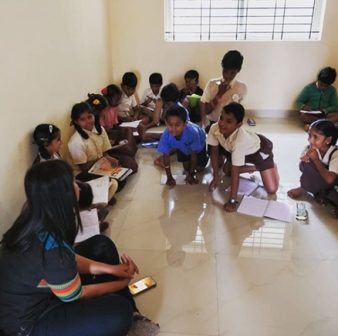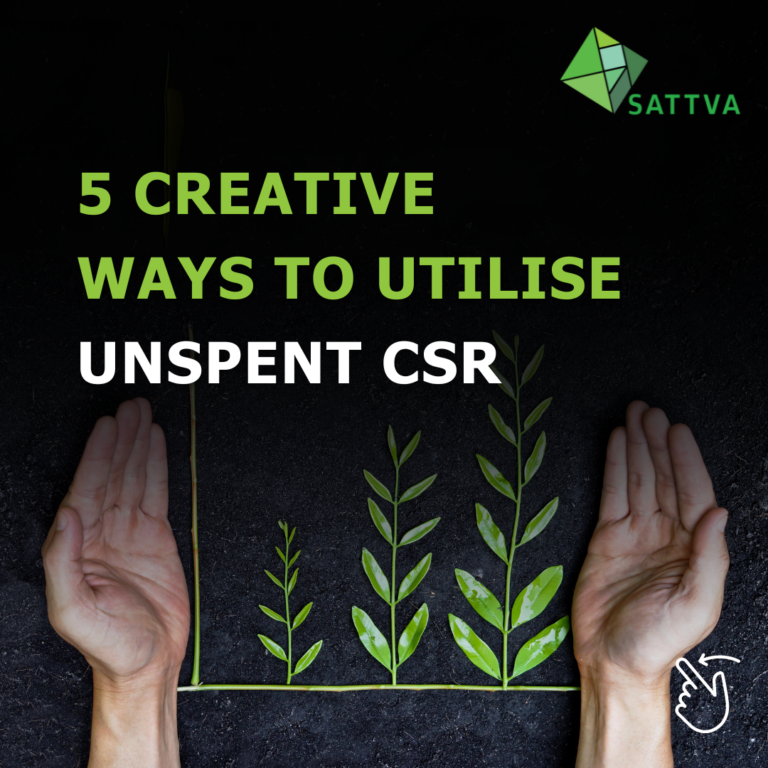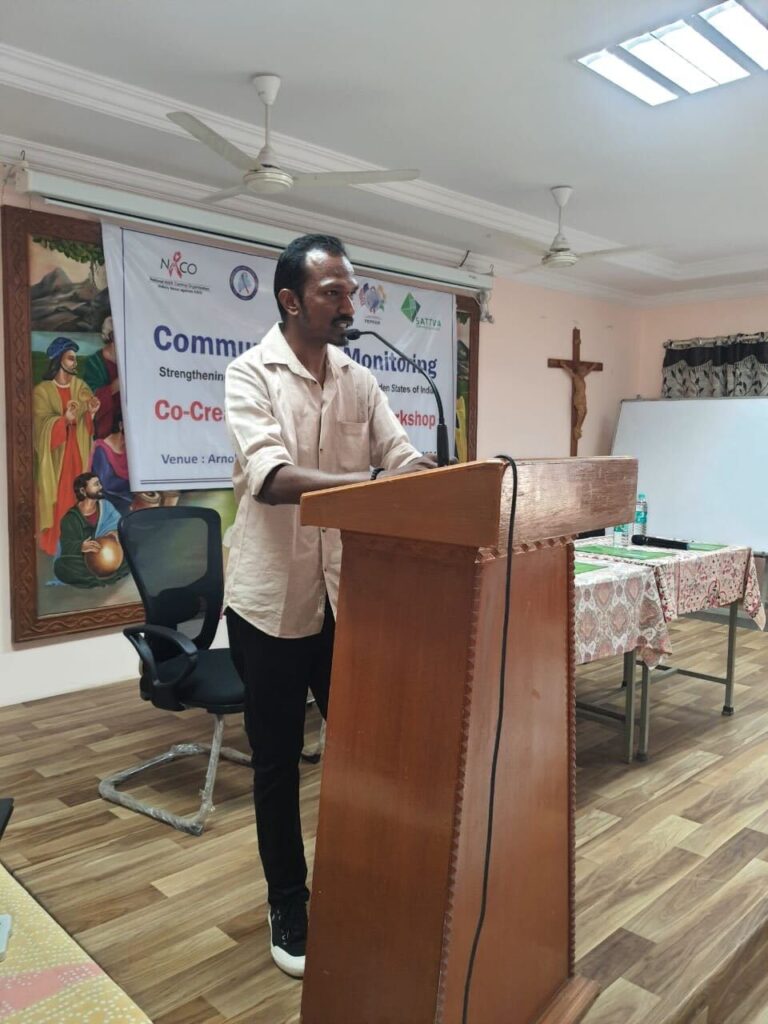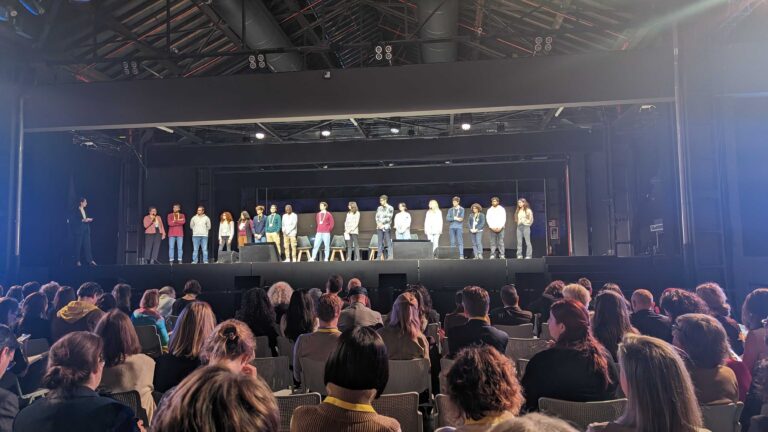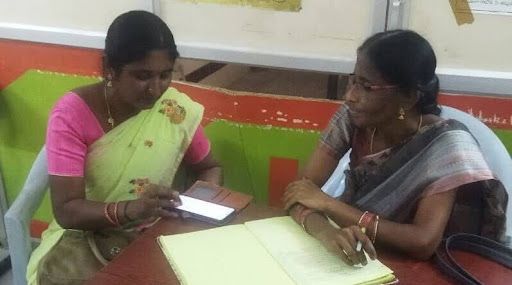The Sattva View – One Size Does Not Fit All
In this column, Sulagna Datta lists how ed-tech in under-resourced communities differs from typical market-based products, and argues for thoughtful design and customisation of those products.
5 things to keep in mind while implementing ed-tech projects in the impact sector
Education Technology or Ed-tech is a buzz word in the Indian impact space today. There has been a flux of funding into this sector, with behemoths like Byju’s emerging as unicorns, crossing $1bn in estimated worth. The supply side is inundated with products that can be categorised in a multitude of ways: Subjects, target age group, in school/out of school, etc. As per Tracxn research, which is India’s leading data aggregation and analytics platform – there are ~4574 Ed-tech products in India today, and ~17,000 products globally.
Schools and colleges across the country are using these products for a multitude of reasons ranging from improving scores in specific subjects and preparing for competitive exams to practising for job interviews. However, if you work with implementation of Education technology programmes for the bottom of the pyramid, the question to ask is ‘What are the things that no one told you about Edtech projects for this context?’
1/ The number of Ed-tech products in the market that are actually built keeping the bottom of the pyramid in mind is shockingly low.
From a Sattva research, out of 566 school products catering to Hindi and Mathematics, only 19% had either already partnered with or shown interest in working with government schools. Which means a staggering 81% of products were meant for the private school context.
When products are built keeping private schools in mind, their data and infrastructure requirements are higher, and more often than not, their content is at levels not graspable by students in government schools. Implementation teams have the onerous task of spending time to customise these products for the BoP context.
2/ Even products that are meant for the BoP context cannot be utilised to their full potential Implementers need to be prepared that basic infrastructure varies drastically across government schools even in peri-urban areas in Bangalore and Delhi.
The biggest advantage of education technology over traditional pedagogical methods is the creation of personalised learning paths for students. Students can learn at their own pace with a curriculum adapted to their needs. For this, the ideal device to student ratio is 1:1, and almost all products are built keeping this ratio in mind. However, this fails in an Indian government school set-up. Even in schools that have labs, the device ratio is seldom 1:1, hampering engagement and consequently learning outcomes.
Most products are designed keeping in mind a certain number of modules to be completed at home as practice. However, most children in government schools come from households with an annual income of <1,00,000 Rs. They don’t own devices at home, and hence are not able to complete most of the self-learning that is meant to happen on the product. Additionally, another constraint in the government school context is access to internet. Since the maintenance budget of all government schools in India is ~8,000-10,000 rupees annually [often going into maintenance of buildings, etc.]- covering bills like the internet becomes cumbersome and is ignored. This leads to further interruption of technology-based learning.
3/ From ages 17-23, ~90% of BoP college youth have smart phones. However, they are extremely data conscious and tend to delete any application/product that takes more than 20 MB of space. While choosing products for the vocational context, practitioners have to be very conscious of the product they recommend.
From a pilot to learn English for interviews through applications through 5 top applications in India, 2 applications stood out in performance owing to the following reasons:
i. They functioned fully offline. After the initial download, they didn’t require any data to run
ii. They were between 15-20 MB in size
iii. They were available across all playstores: Android, Jio, etc.
The other three failed on at least one of the above parameters
4/ From qualitative interviews with about ~2000 college students across India, there is a clear set of features that makes an application more successful than another
i. Leaderboards were a clear favourite amongst students. Students were motivated to use applications when they could see their peers use it. They liked to see where they stood in their comparable cohort
ii. Applications that had short modules and progress bars/gamification were favoured. Students used it like a game to finish the stipulated target defined by the product for the day
iii. For a pan India context, the application that was most successful had an 18 language interface. Students preferred to learn in their vernacular language.
5/ The optimum learning time on an edtech product is about 20 minutes a day
A critical element to keep in mind while designing an edtech initiative is to set a target for content consumption a day. Applications that stipulated more than half an hour a day, saw declining engagement and drop-outs. A 15-20 minute engagement/day was seen in about 80% students who completed the entire course.
While private enterprise products are pushed to the BoP context without considering its nuances, the learning experience is less than optimum, and that typically discourages the learner, further jeopardizing the quality of education. It’s important to address this demographic thoughtfully, with an eye on specific needs and access.
——————————————————————-
This article was originally published in Impact Magazine.
Sattva has been working with various nonprofits and social organisations as well as corporate clients to help them define their social impact goals. Our focus is to solve critical problems and find scalable solutions. We assist organisations in formulating their long-term social impact strategy by strategically aligning with business to provide meaningful solutions to social issues.
● Talk to us: impact@sattva.co.in
